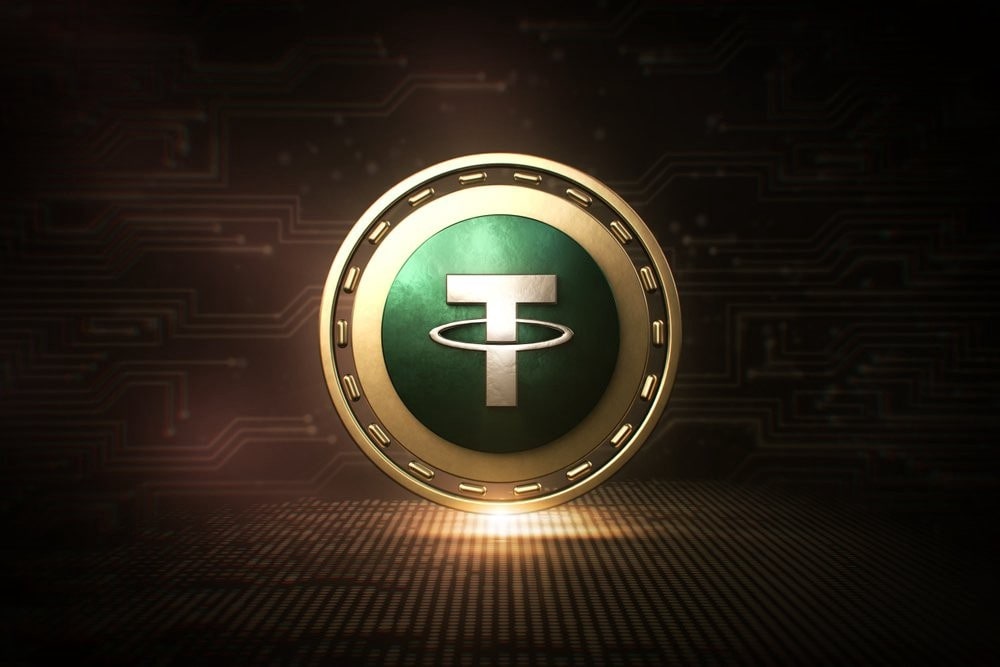The world’s largest stablecoin issuer, Tether, updated the public that it will go ahead with its plans to halt all redemptions and freeze lingering token balances on five blockchains. Beginning September 1, 2025, the issuer behind the USDT and EURt tokens will not support the Omni layer, Bitcoin Cash SLP, Kusama, EOS, and Algorand blockchains.
Tether to Wind Down USD₮ Support for Five Legacy Blockchains as Part of Strategic Infrastructure Review
Learn more: https://t.co/MxVGdUnEhA— Tether (@Tether_to) July 11, 2025
Why Halt Support for These Chains?
According to the official announcement, Tether makes the moves as part of a broader push toward higher-utility networks. The company claims the initiative is strategic and is based on “a comprehensive review of blockchain usage data, market demand, and community feedback.”
The firm further claims it reflects its commitment to optimizing infrastructure, aligning resources with active developer ecosystems, and fostering the next wave of stablecoin adoption. Notably, Minting of new USDT tokens on these blockchains already ceased in earlier phases (Omni, SLP, and Kusama in August 2023, followed by EOS and Algorand in June 2024).
Commenting on the development, Paolo Ardoino, CEO of Tether, explained:
“As the digital asset ecosystem evolves, Tether remains committed to adapting alongside it. Sunsetting support for these legacy chains allows us to focus on platforms that offer greater scalability, developer activity, and community engagement.”
In line with the CEO’s comment, the company reaffirmed its plans to reallocate resources toward platforms such as layer-2 solutions like Lightning Network. DeFi-native chains with robust activity are also on the firm’s radar as it claims to sustain its long-term vision for stability, interoperability, and innovation.
Interestingly, Tether advises current USDT holders on the affected chains to claim or migrate their tokens before September 2025, as any balances left will become permanently inaccessible.
Tether Supports Other Networks
Since the original announcement in July 2024, Tether has shifted toward blockchains it considers to have “greater scalability.” For example, just one month later, in August 2024, the firm added USDT support on Aptos, a Move-powered blockchain claiming to process transactions faster and cheaper.
More recently, Tether has extended its reach even further by integrating USDT with Bitcoin’s Lightning Network, as reported by CTW. The move brings stablecoin functionality to Bitcoin’s Layer 2 network via the Taproot Assets protocol. Notably, the developers claim the network enables instant, low-cost transactions secured by Bitcoin’s base layer.
Find Cryptocurrencies to Watch and Read Crypto News on the Go Follow CryptosToWatch on X (Twitter) Now

